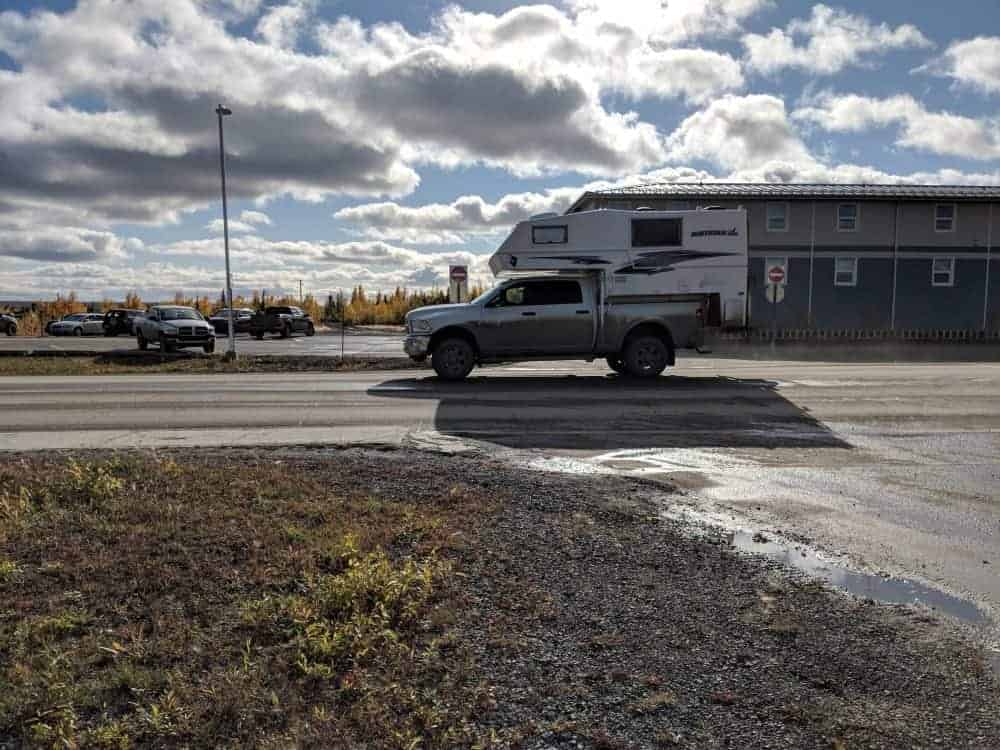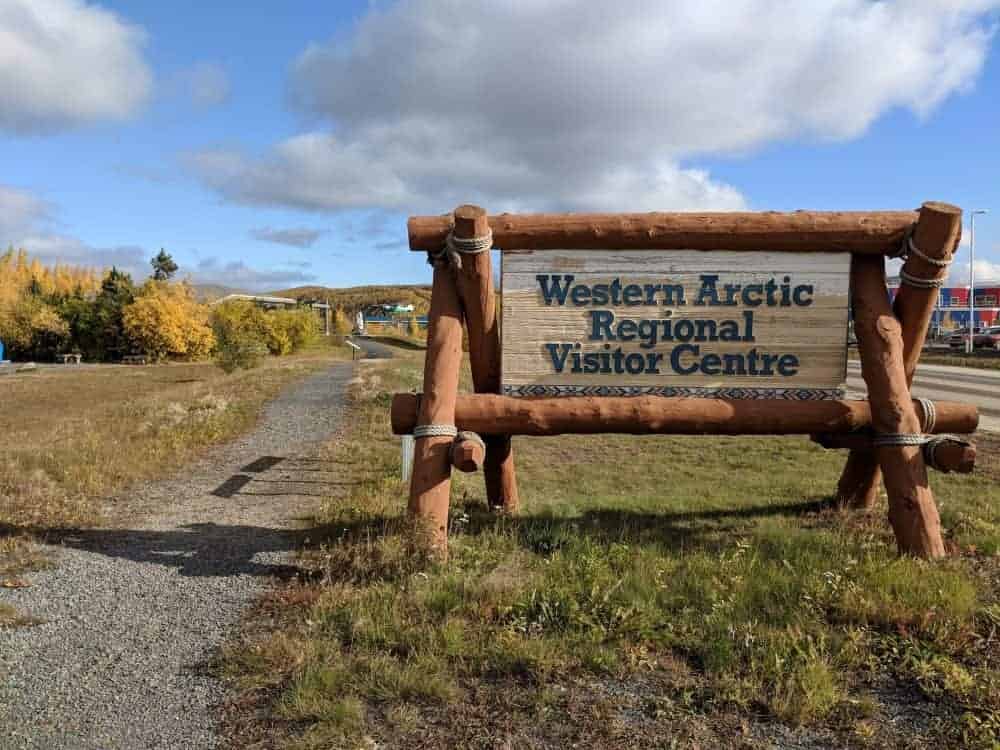Inuvik saw a significant jump in the number of visitors it had this year, but the increased tourism isn't necessarily bringing in more money for local tourism operators.
Since the end of August, the Western Arctic Regional Visitor's centre counted approximately 6,700 tourists since it opened in May – that's nearly 2,000 more than last year, according to Don Craik, Beaufort Delta regional superintendent for the Government of the Northwest Territories' department of Industry, Tourism and Investment.

Samantha McKay/NNSL photo
"We had a wide range of visitors, a lot of families, a lot of retirees, a lot of adventurers of course and a lot of motorcyclists," said Craik. "I've gone back over the last 10 years of our numbers and I haven't seen the volume of tourists that we saw this year."
Craik said the increase is due to the recently opened Inuvik-Tuktoyaktuk Highway (ITH).
"We're hoping this upward trend continues over the next couple of years," he said.
But the increase isn't beneficial to everyone.
Tundra North Tours founder Kylik Kisoun Taylor said his business hasn't benefitted from the increase in tourist traffic.
"Walk-ins used to be 90 per cent of our business … but this year that was pretty much non-existent because everyone is pretty much driving to Tuk on their own, and stopping in Inuvik for gas and food," said Kisoun Taylor. "We thought that would happen, but it's still disappointing that that's the way it is now. Three years ago, once we knew the road was going to open up, we started diversifying our products and targeting different groups with more high-end packages, which paid off this year, so it was still a decent season for us."

Samantha McKay/NNSL photo
Kisoun Taylor said it is a misconception that the ITH is bringing much more money into Inuvik's tourism industry. Tundra North Tours offers a trip up the ITH, but there is little interest in it.
"People think that because there are more people here, business is better, but it's not. People aren't spending any money here, and they're not spending any money in Tuk either. We've had basically zero clients because of the road. Almost all of our clients were boating and flying," he said. "We had maybe two trips go up the new road, and that's hardly a business."
Kisoun Taylor said people are spending an average of $60 each in Inuvik on fuel and food, and then heading up to Tuktoyaktuk in their own vehicles, which isn't much money going into the local economy.
"If someone books a package with us, which could be anywhere from $500 to $2000 … all of that money gets dropped in Inuvik in Indigenous-owned hotels, airlines, hotels, food providers. Just about every dollar stays here," he said. "I think they need to stop spending so much time marketing the highway or the destination, because people are just going to dip their toe in the ocean and then going home … They should be marketing experiences that people can do, because that's what actually drives the economy and creates jobs."
Pam McDonald, co-owner of local Inuvik restaurant Alestine’s, said their business has increased by at least 30 per cent since the tourists started arriving when the ferry opened.
“We had to bring on extra staff this year, which we’ve never had to do,” she said. “We have been able to manage it, but it has been a bit of a challenge. We had an idea that business would increase this year, but we had no idea how much it would increase.”
She added that a public parking lot had to be created across the street from their restaurant because their original street parking arrangement for customers was clogging up the road.
Brian McDonald, co-ower of Alestine’s, said the number of tourists in town is unprecedented, and they’re usually two-time visitors to the restaurant.
“We catch the tourists on their way into Inuvik, and then they go to Tuk, and then they stop in again on their way back,” he said. “So we get a lot of repeat customers.”
The McDonalds said they built a deck this summer to accommodate more patrons, and are considering expanding even more due to demand.
McDonald said this year was a learning experience and they will be more prepared for next summer’s tourism season.
“I think the number of tourists is just going to keep snowballing,” she said.